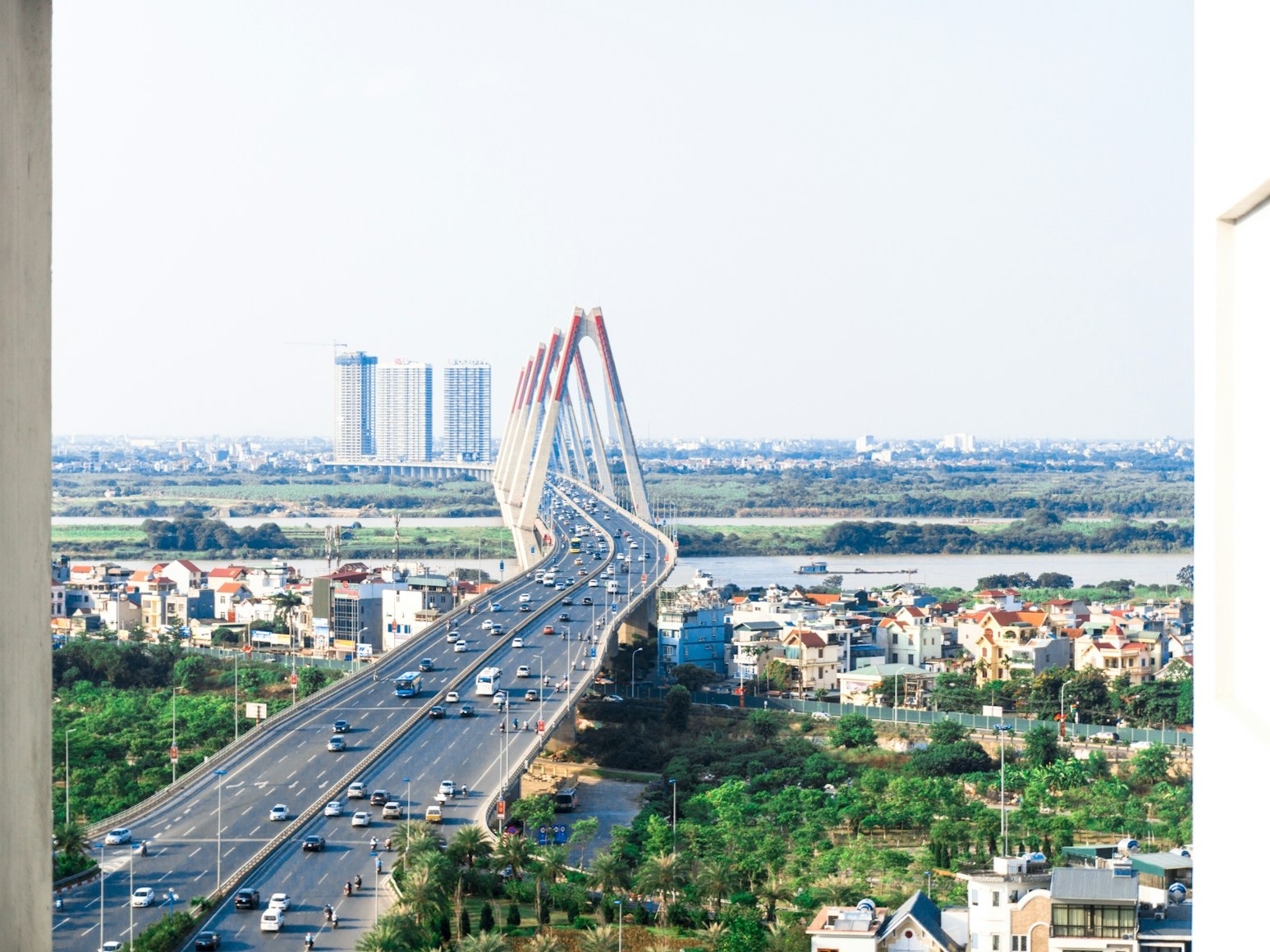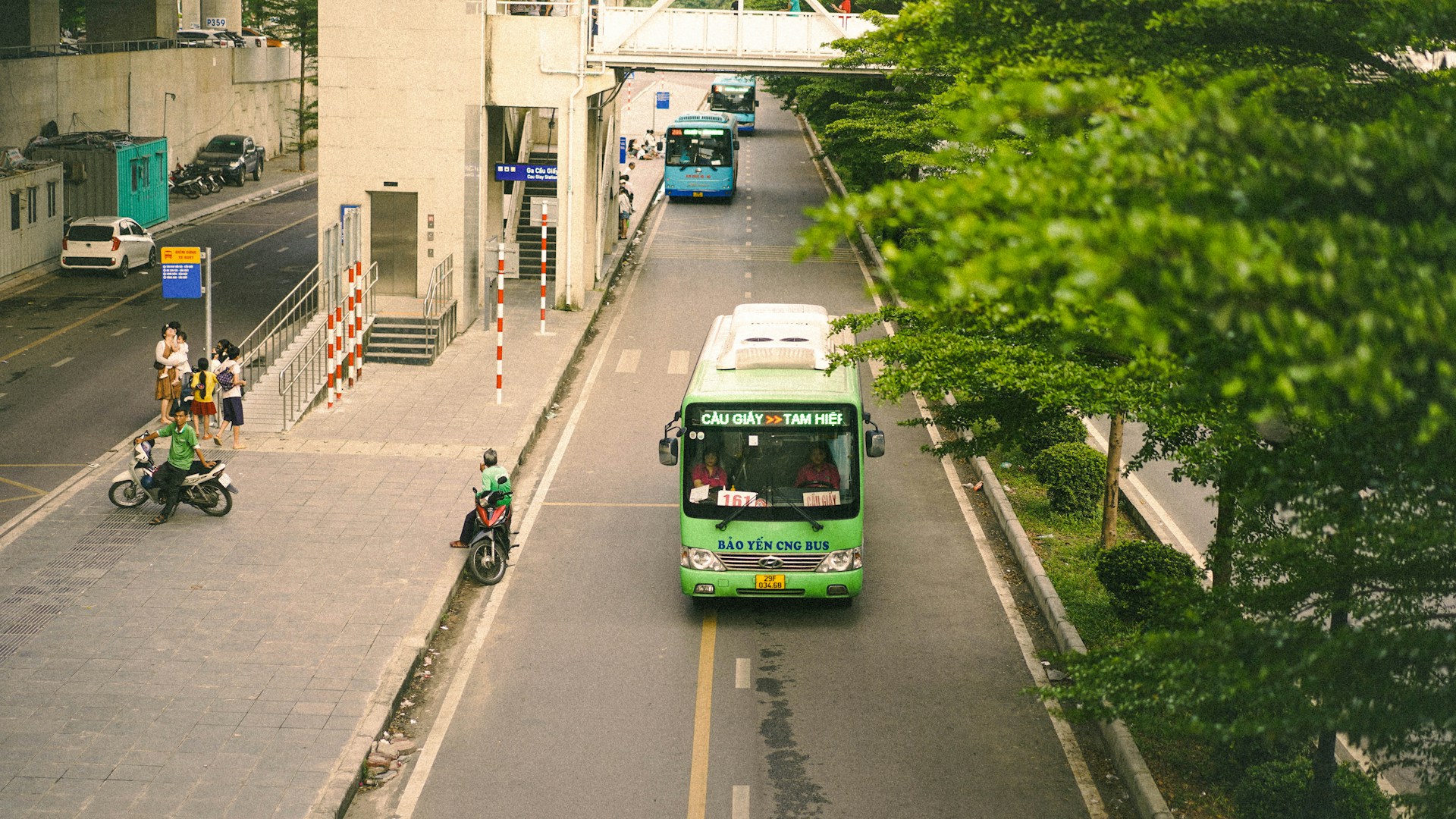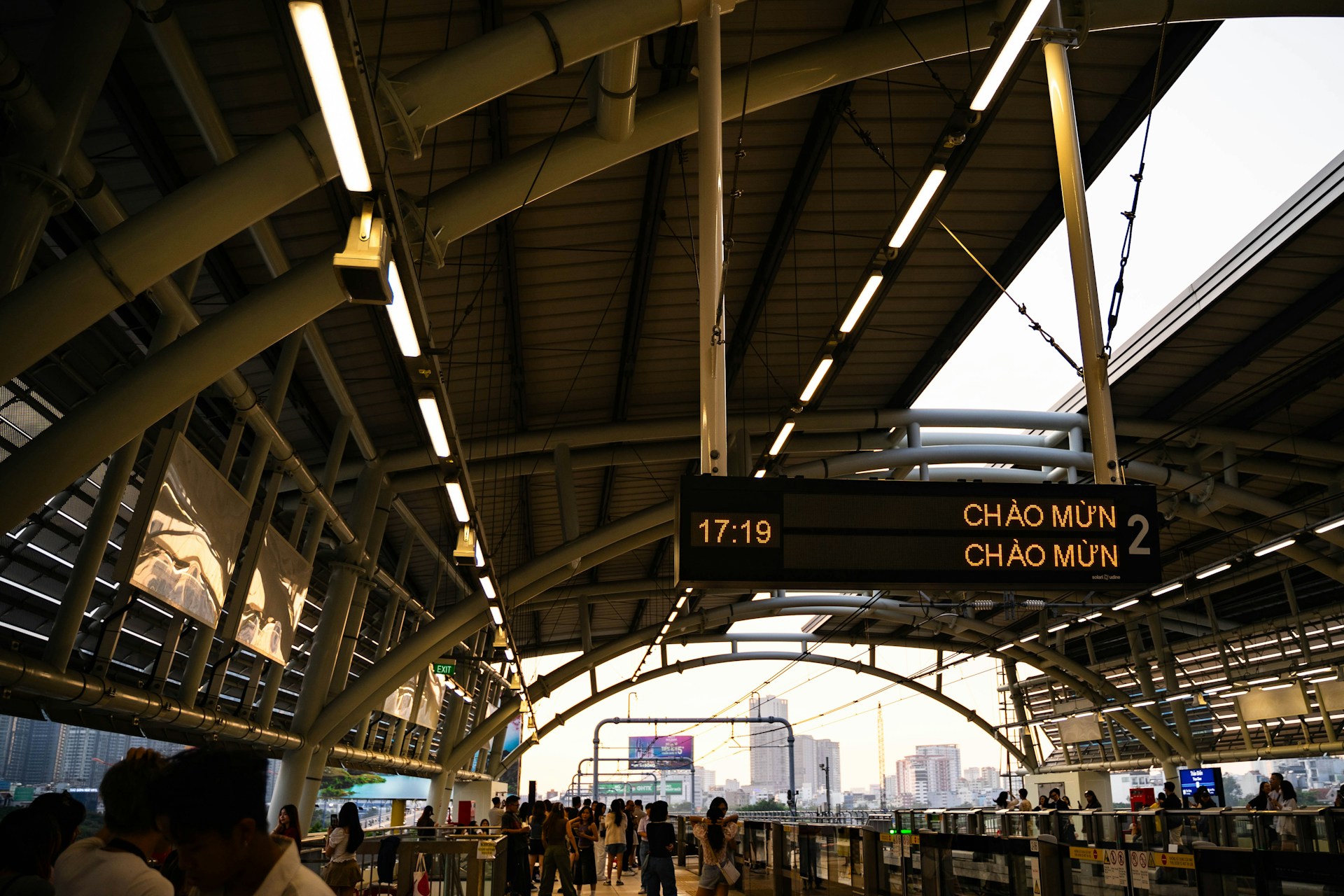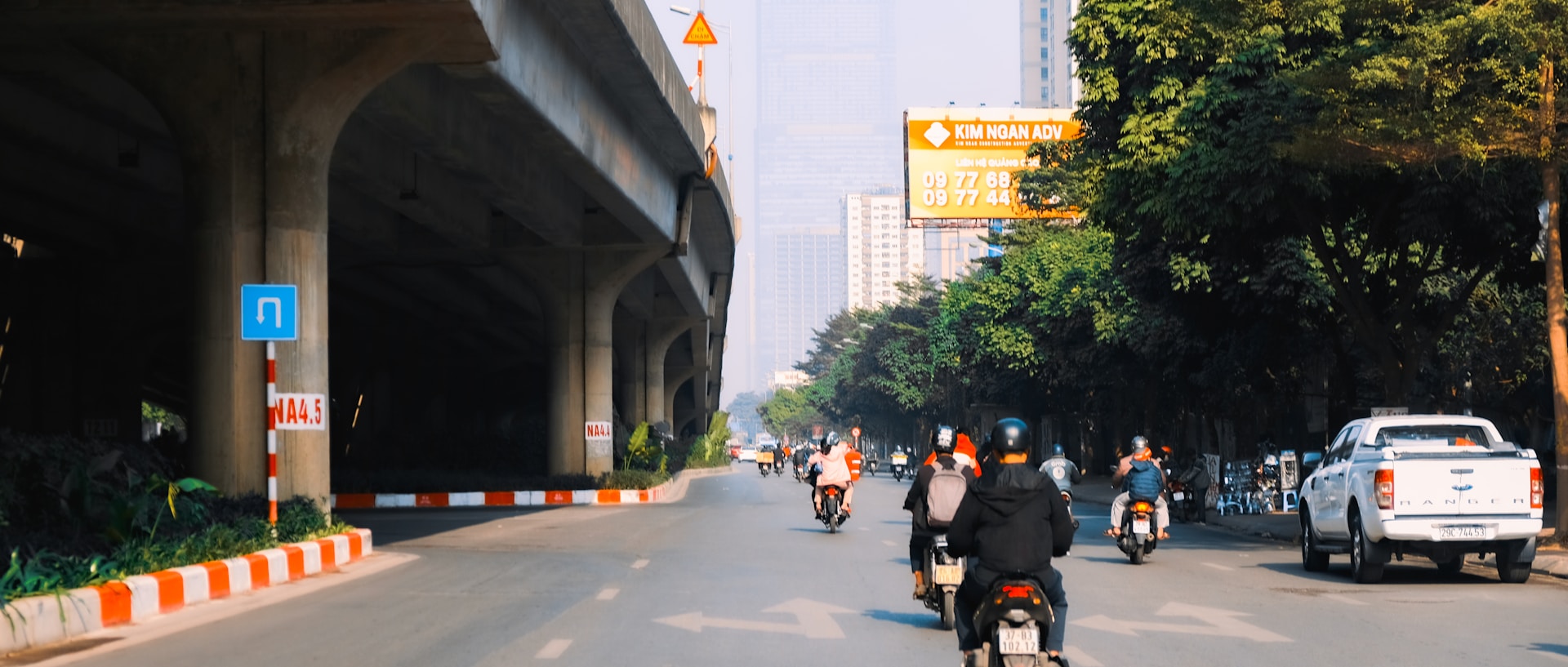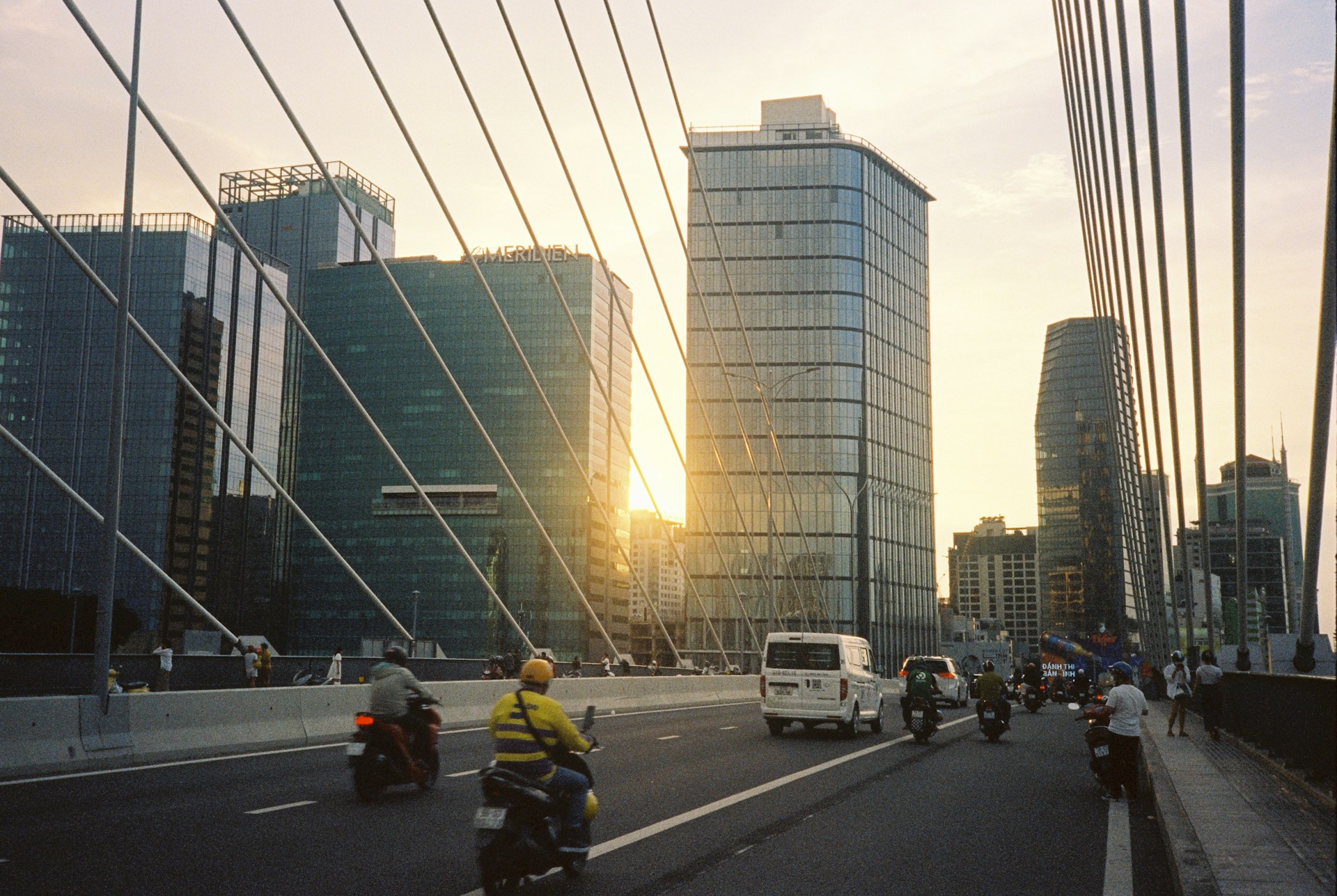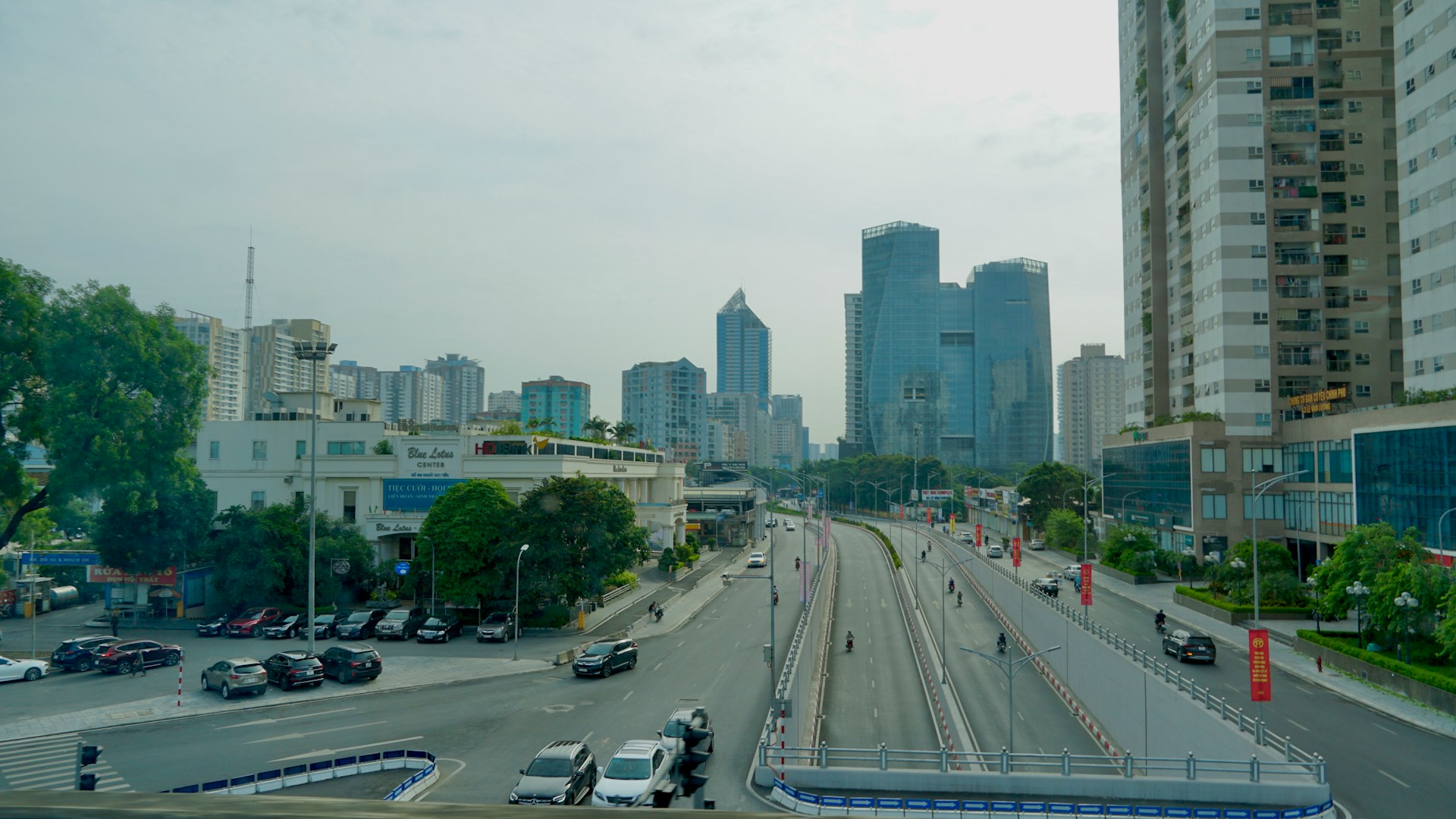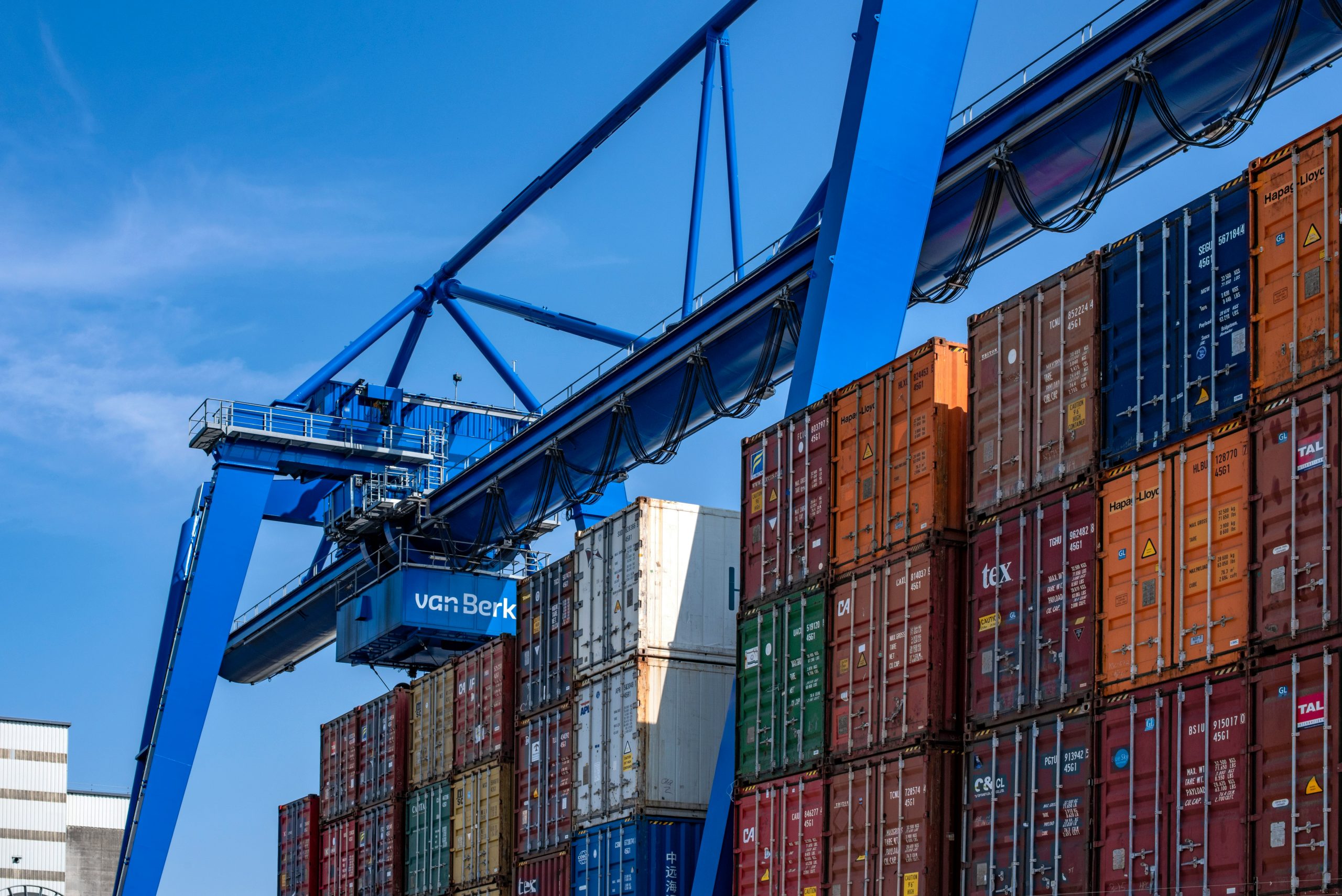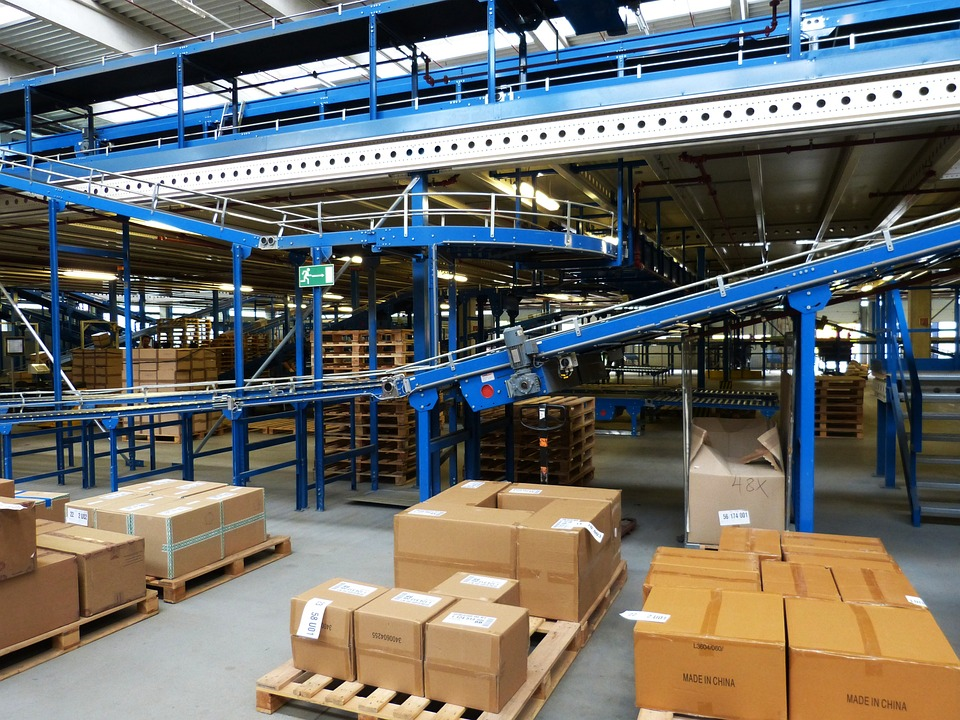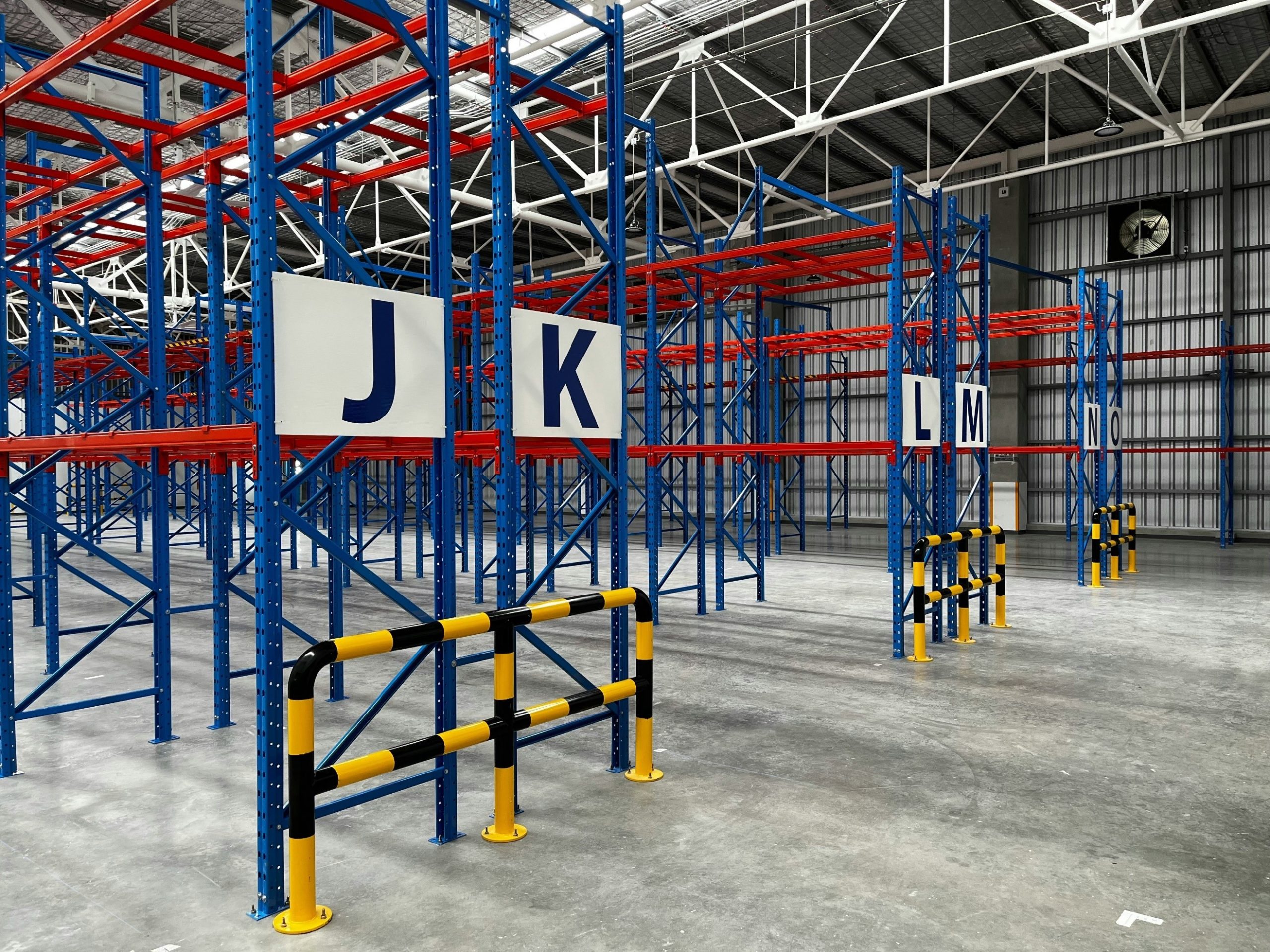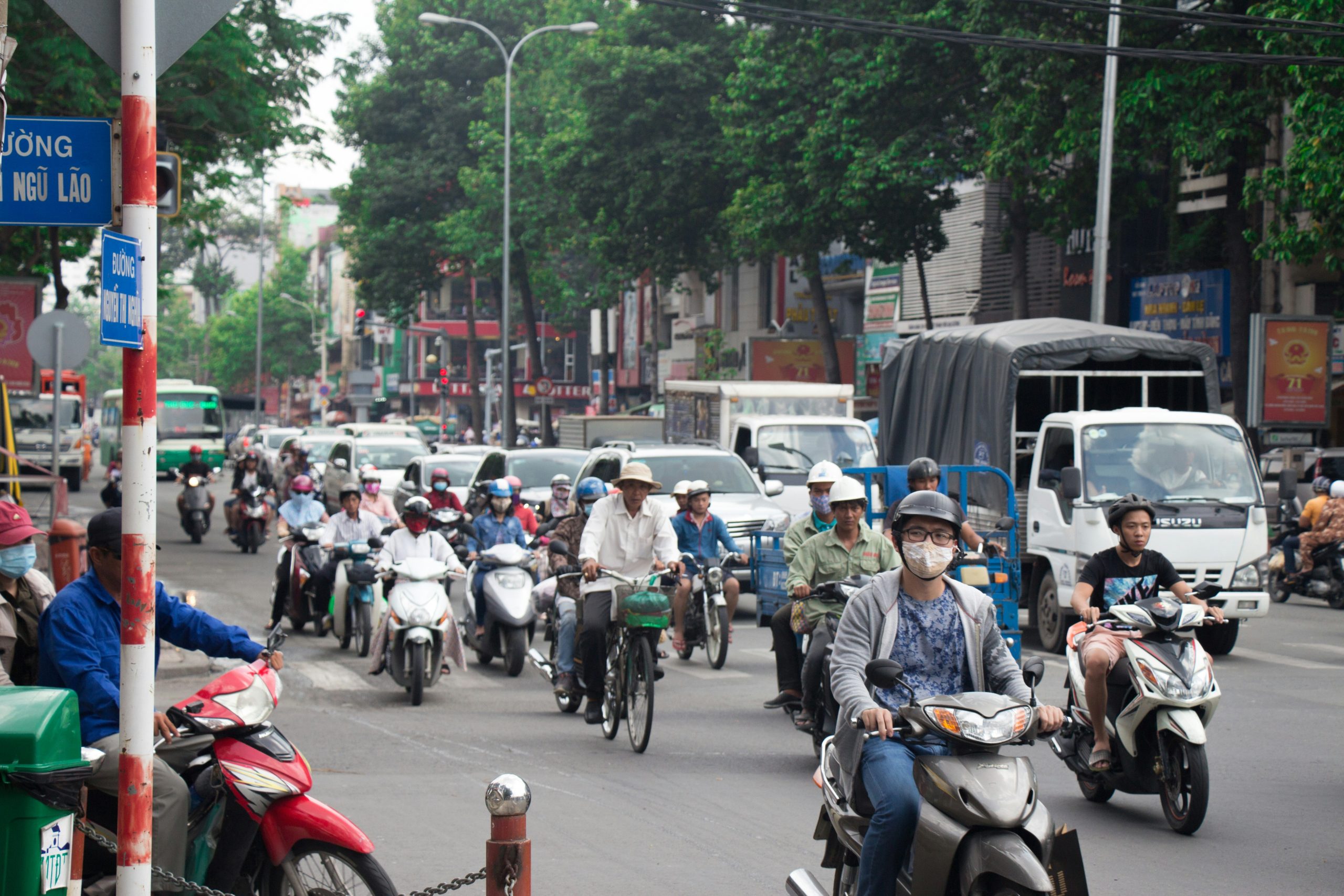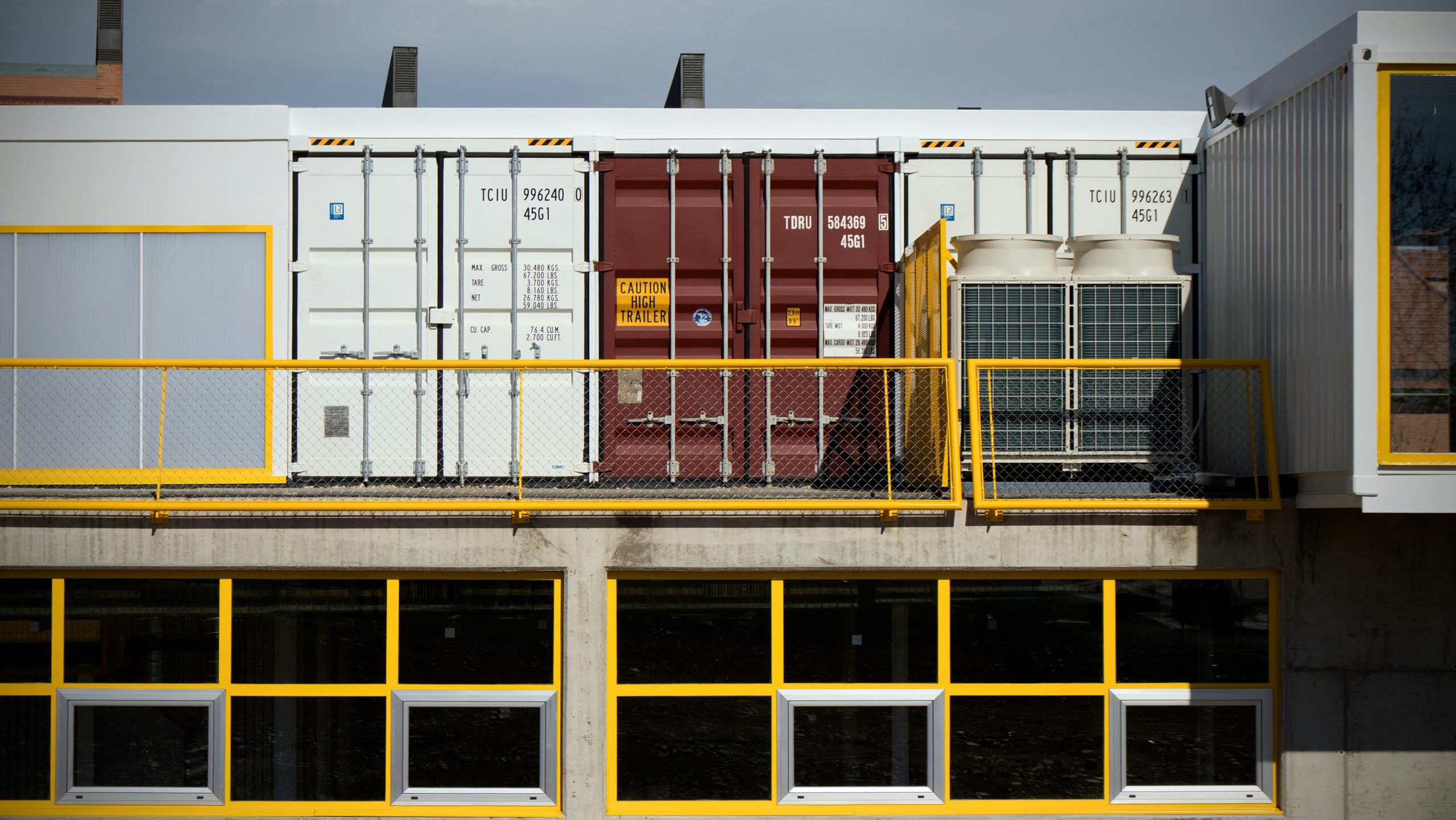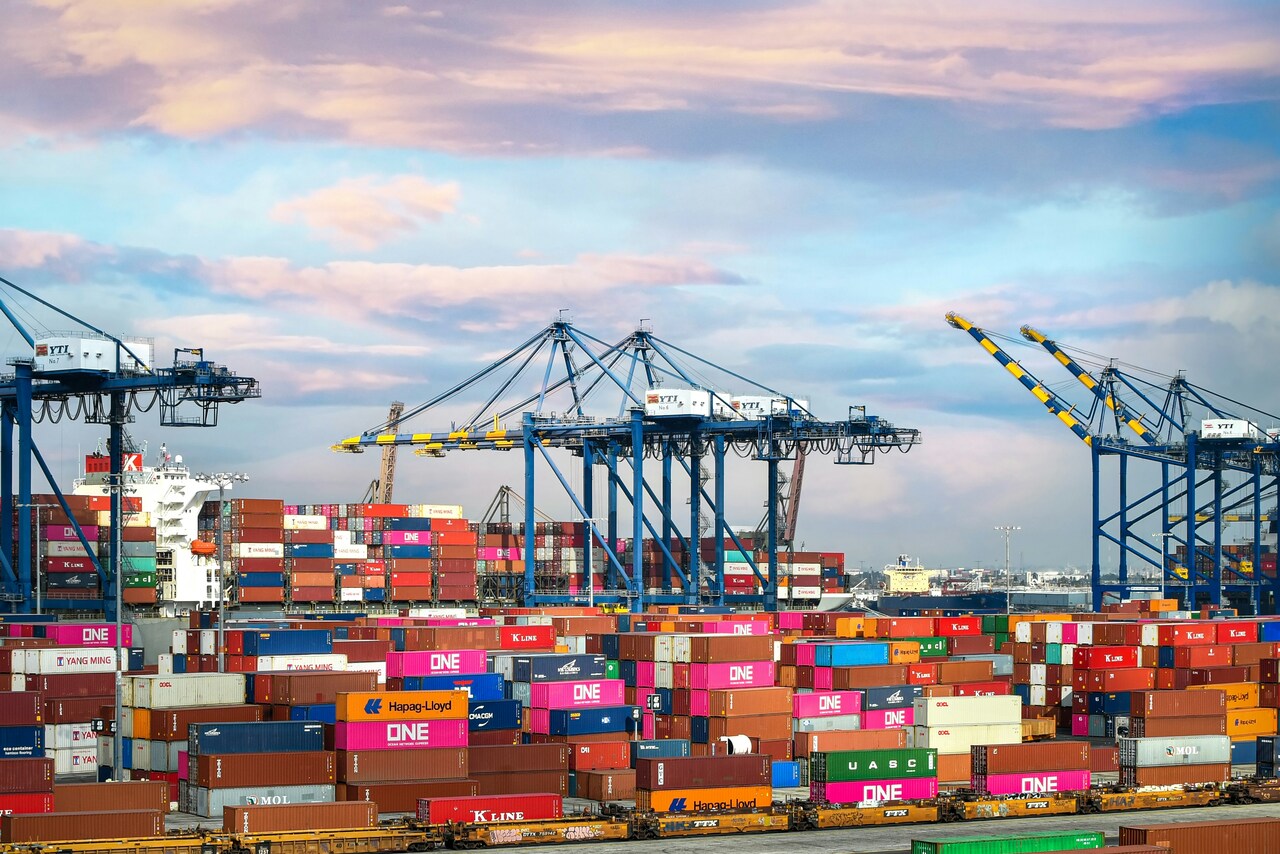
27Aug2025
Latest News & Report / Vietnam Briefing
Comments: No Comments.
Introduction to the 2024 Road Traffic Order and Safety Law (Law No. 36/2024/QH15)
The Law on Road Traffic Order and Safety (Law No. 36/2024/QH15) was passed by the National Assembly on June 27, 2024, and officially came into effect on January 1, 2025. This law introduces substantial new requirements to improve road safety and driver well-being. At its core is the “48/10/4” rule, limiting driver working hours to no more than 10 hours per day, 48 hours per week, and 4 consecutive hours of driving. Drivers must also take mandatory rest breaks—15 minutes for long-haul trucks, fixed-route vehicles, and intercity buses, or 5 minutes for taxis and local buses—after four hours of uninterrupted driving.
The law establishes a dual responsibility system, under which both drivers and transport companies are legally accountable for compliance. Driving beyond the permitted hours triggers penalties for drivers, including fines and license-related sanctions, while companies face significantly higher fines for allowing or failing to prevent such violations.
To enforce compliance, the law mandates the use of technology, such as vehicle tracking systems (“black boxes”) and driver image recording devices, particularly for vehicles with eight or more seats. These installations support real-time monitoring of driver behavior and working hours.
Comparison Table: Before and After 2025
| Category | 2008 Road Traffic Law | 2024 Road Traffic Law |
| Maximum Driving Time | – No more than 10 hours/day.
– No more than 4 consecutive hours of driving. – No weekly limit. |
– No more than 10 hours/day
– No more than 4 consecutive hours of driving. – Added: No more than 48 hours/week. |
| Rest Regulations | The law required a rest stop after 4 consecutive hours of driving, but did not specify the minimum rest duration for different vehicle types. | Specifies detailed and mandatory minimum rest periods between consecutive driving sessions:
– 15 minutes (for trucks, fixed-route buses, etc.) – 5 minutes (for taxis, local buses, etc.). |
| Responsibility for Violations | Penalty responsibility focused primarily on the driver as the direct violator. | Establishes a “dual responsibility mechanism”:
– Both the driver and the vehicle owner/company are held responsible and are subject to penalties. |
| Penalty Levels (referencing decrees) | Lower fines, stipulated in Decree 100/2019/ND-CP (e.g., 1-2 million VND for violating driving hours). | Increased fines applied to both parties:
– Driver: 3-5 million VND and license suspension. – Company: 8-12 million VND. |
| Monitoring Mechanism | Vehicle tracking devices (black boxes) were required to be installed. | The role of tracking devices has become central, serving as the primary tool for authorities to monitor and penalize violations of driving hours. |
Source: B&Company compilation
Impact on Drivers
Drivers are experiencing significant challenges under the new law, marked by reduced earnings, tighter schedules, and growing employment uncertainty.
– Income Pressure: The 48-hour weekly cap is estimated to cut driver income by 20–30%, especially for long-haul routes [3]. This reduces the attractiveness of the profession and worsens the ongoing driver shortage.
– Fatigue and Flexibility: Mandatory breaks every 4 hours improve safety but lengthen trips, limiting flexibility and personal rest time.
– Job Security Risks: Recruitment difficulties and shifting regulations are pushing some drivers to leave the profession, raising concerns about its long-term sustainability.
– Reduced Income & Job Attractiveness: The 48-hour weekly cap cuts driver income by 20–30%, especially on long-haul routes [3]. This makes the profession less attractive and worsens the driver shortage.
While these pressures weigh heavily on drivers, mandatory rest breaks may bring longer-term benefits, such as improved health, reduced fatigue-related accidents, and enhanced road safety. These dynamics at the individual level ripple upward, directly shaping how transport companies operate.
Impact on Transport Companies
Transport operators face mounting cost and efficiency pressures as stricter rules reshape the logistics landscape.
– Rising Labor Costs: With driver productivity falling 20–30%, firms must either recruit more drivers—already scarce—or reduce services, driving up labor expenses [3].
– Lower Asset Utilization: Trucks spend more time idle due to hour restrictions, inflating costs per kilometer as fixed expenses such as depreciation and insurance remain constant.
– Freight Cost Inflation: Transport rates may climb 20–25% to offset costs, potentially adding 10–11% to national logistics spending and eroding competitiveness in low-margin export sectors.
– Compliance Burden: Investment in tracking systems, workforce management, and training is unavoidable. While larger companies may adapt, smaller operators risk being priced out, accelerating market consolidation.
Despite these challenges, the new framework could deliver positives: fewer accidents, more regulated traffic flows, and faster digital adoption—laying foundations for a safer, more resilient, and modernized transport sector.
Implications for Business
The new Road Traffic Safety Law imposes stricter limits on driving hours and mandatory rest breaks, directly reducing driver productivity and increasing compliance risks. To sustain operations and control rising costs, transport companies must adapt their operating models and strengthen technological capabilities. Two major directions emerge:
– Enhancing Operational Agility through Network Redesign: On long routes such as Hanoi–Ho Chi Minh City, the relay model becomes essential: drivers operate for 4 hours before transferring the vehicle at designated handover points, keeping trucks moving without violating the 4-hour limit [4]. Beyond this, companies can adopt a Hub-and-Spoke network instead of point-to-point routes, improving fleet utilization, consolidating volumes, and ensuring greater resilience under time restrictions.
– Leveraging Technology for Compliance and Efficiency: Since the law mandates real-time monitoring of driving hours and rest periods, companies must invest in Transportation Management Systems (TMS) to automate compliance checks, track vehicle usage, and plan routes. Building on this compliance foundation, firms can integrate AI and Big Data to forecast demand, optimize fuel efficiency, and monitor vehicle conditions. IoT and telematics further enable continuous performance tracking, helping businesses not only meet legal requirements but also enhance long-term efficiency.
By combining network agility with digital transformation, businesses can turn regulatory pressure into a competitive advantage—ensuring compliance while building a more flexible, data-driven, and resilient transport model.
[1] 2024 Road Traffic Law <Access>
[2] 2008 Road Traffic Law <Access>
[3] Zing News, Logistics Association: Driving hour limits reduce driver income <Access>
[4] VnExpress, Transport companies fear shutdowns due to driving hour limits <Access>
[5] Industrial News, What solutions can drive and enhance the effectiveness of digital transformation in the logistics industry? <Access>
* If you wish to quote any information from this article, please kindly cite the source along with the link to the original article to respect copyright.
| B&Company
The first Japanese company specializing in market research in Vietnam since 2008. We provide a wide range of services including industry reports, industry interviews, consumer surveys, business matching. Additionally, we have recently developed a database of over 900,000 companies in Vietnam, which can be used to search for partners and analyze the market. Please do not hesitate to contact us if you have any queries. info@b-company.jp + (84) 28 3910 3913 |



